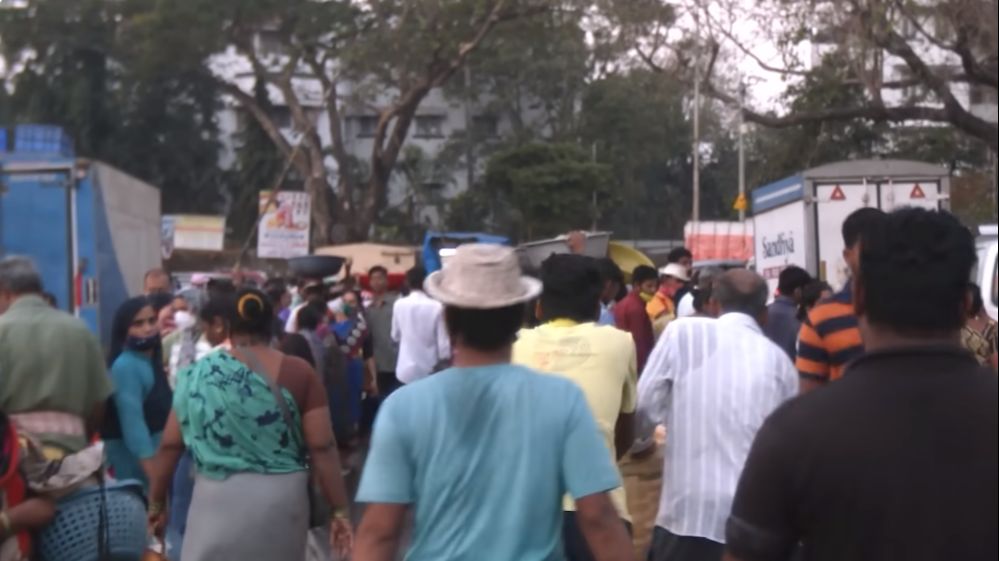"Hello, today welcome the Indian tourist group". The phone call was like a lightning strike to the ear, if accepted, this is a very difficult case in the tourism industry, and if not accepted, it will be considered a negative opinion. Surely, this is the feeling that you experience in the tourism industry every time Indian tourists are mentioned. In this article, we would like to share a bit of the difficulties and challenges that tourism industry employees have to experience when welcoming demanding guests from a country with a billion population.
According to the official announcement, the direct flight route from Hanoi, Ho Chi Minh City to New Delhi, India by Vietjet Airline will start the first commercial flights from December 2019. The flights bringing passengers back from the country of 1.4 billion people are expected to boost the recovery of the tourism economy in localities in our country. Indian tourists are becoming a new force in the international tourism market, they have all the necessary factors to play a leading role in foreign tourism.
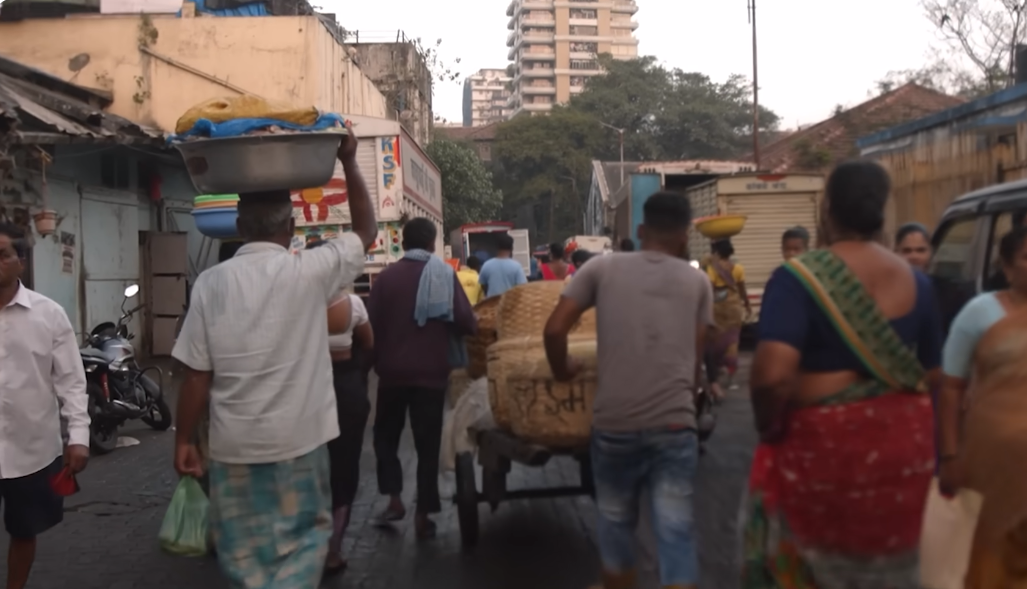
In April 2023, this country officially surpassed China to become the most populous country in the world and will continue to increase until reaching the peak of 1.7 billion people by 2063. Furthermore, Indian people enjoy traveling abroad, this number has been recorded to grow significantly in recent times and Vietnam has emerged as one of their top destinations. The number of Indian tourists visiting Vietnam is increasing, according to the statistics of the Vietnam National Administration of Tourism, in 2023 Vietnam welcomed over 392,000 Indian tourists, an increase of 231% compared to 2019. However, to provide better hospitality, we need to understand some psychological characteristics of the people of this country.
Indian customs are closely tied to the caste system and religious ceremonies, therefore, their travel psychology often involves traveling with family or people of the same social status. Indians often greet each other by folding their hands in front of their chest or forehead, depending on the status or respect for each other. Indians usually use their right hand to eat and their left hand to hold a cup for drinking water, they also enjoy spicy food and tea. Age and power are considered important in this populous country, the elderly are usually respected as experienced and wise individuals. Power is usually concentrated in the hands of the elders, and obeying and following those in power is common. India has a long history of worship and spirituality.
One of the main religions such as Hinduism, Islam, and Buddhism. Spirituality often plays an important role in daily life and greatly influences the decisions and actions of the people. India is a developing country with economic and social disparities, these differences create a class distinction in the perception of the people, partly due to cultural differences that make Indian tourists relatively demanding and challenging for those in the tourism and hotel industry when serving and working directly with them. However, there are other reasons that lead to this difficulty, resulting in encountering funny and frustrating situations, pricing is the top factor determining the Indian tourists' trips, greatly influencing which travel company they choose to book a tour with, although most markets are concerned about prices, the Indian market is particularly strict and sensitive.
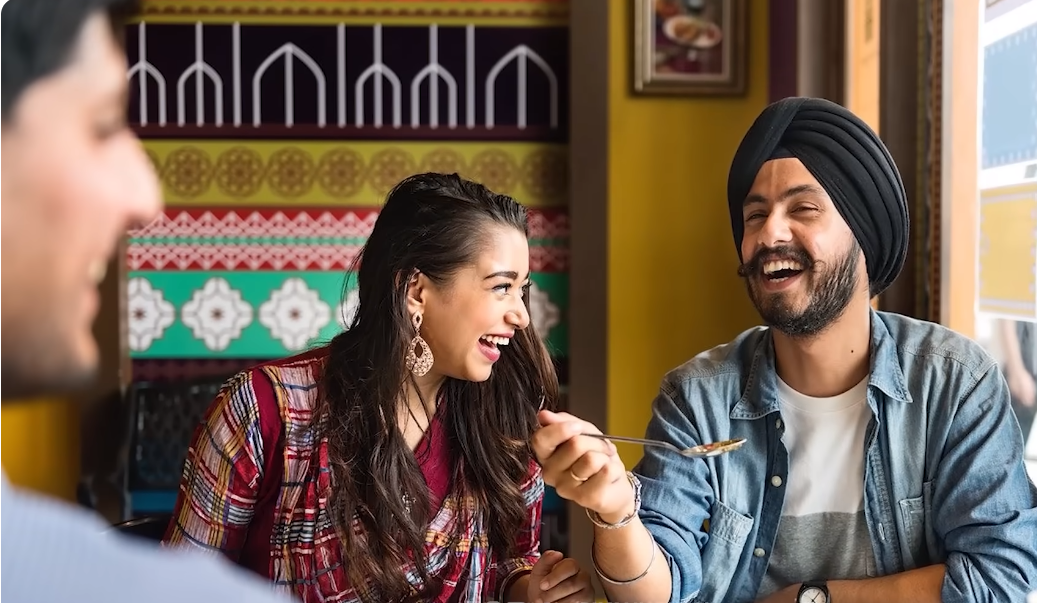
In terms of pricing, they have high standards and carefully scrutinize the costs of their trips. They use this information as a basis for negotiation with their partners, considering themselves as travel experts, spending a lot of time researching destinations and service prices before making decisions. They put pressure on travel companies by constantly changing service requirements, urging quick feedback so that they can quote in a timely manner. Indian tourists often request businesses to itemize each individual service to ensure that they receive the best price. This not only happens before the trip but continues during the service delivery process and even after the service is completed, they are very smart in achieving low prices but still demand high-quality services to meet high standards, not accepting any decrease in quality even if the cost is low.
Although traveling abroad, Indian tourists always demand Indian cuisine throughout their trip, the diversity and richness of Indian food, spices, and unique dishes have made Indian cuisine globally famous. Indian tourists take pride in their homeland cuisine not only for its great taste but also for the health benefits it brings. A travel destination will not be attractive if Indian tourists lack the presence of Indian food. In interviews with tourists and tour operators, they all agree that if Indian cuisine is missing, Vietnam will have a hard time attracting tourists from India. Therefore, it is essential to arrange at least one Indian meal per day for Indian tourists, the common belief that travel is an opportunity to experience local cuisine does not apply to most Indian tourists to satisfy them.
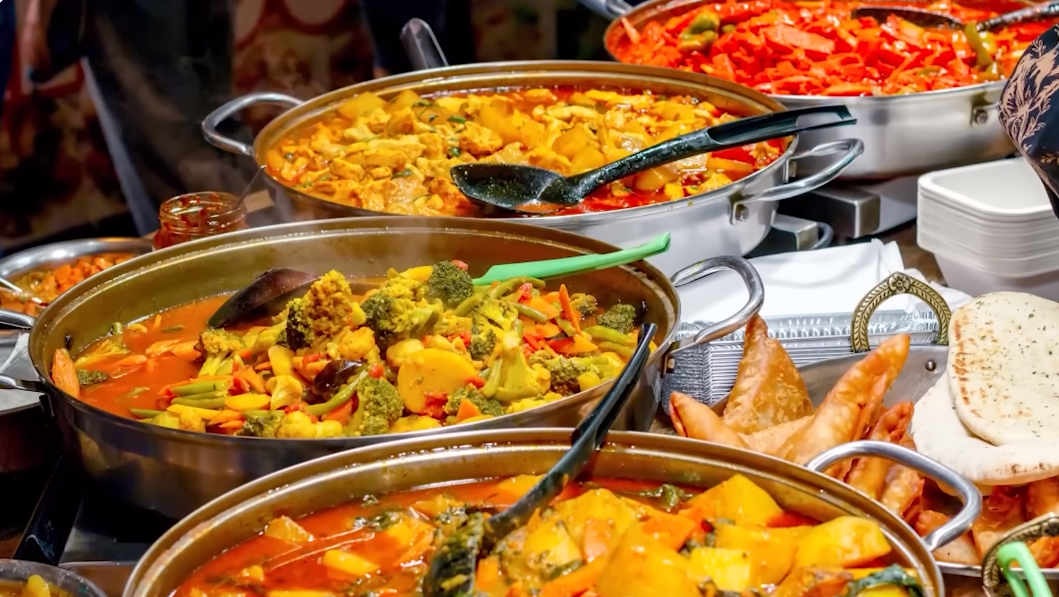
Businesses need to prepare a list of Indian restaurants in today's tour programs with a focus on healthy living and nutrition. The vegetarian community in India is growing, statistics show that in many states, vegetarians account for over % of the population, with some states reaching up to 65%, the vegetarian community includes many different groups from those who eat vegetarian by day, by week. Eating pure vegetarian to those who follow a specific diet, such as not using tubers not exposed to sunlight, or not using mushrooms. Not only that, Indians are also known for being changeable and making many demands. For Indian tourists, Vietnam is a new destination and truly a hot spot for Indian tourists.
Since the covid-19 pandemic, tourists here do not have much knowledge about our tourism, each request from Indian tourists is often modified several times to fit in. Travel companies have to change and redo quotations as well as tour programs about five times for each request received from India. The habit of liking changes not only appears when the request is made but it continues until the day the guests arrive and during the service usage process, there are always adjustments and even whether these adjustments are charged or not, this brings many difficulties to employees working in the tourism industry.
An employee at a business in Ho Chi Minh City asked Dr. Ton Sinh Thanh a question when we interact with Indian guests, we find them quite impolite, for example, asking something without a proper greeting and then leaving without a thank you, whereas in Vietnamese culture, we are always accustomed to starting a conversation with apologies - thank you. This creates a certain cultural shock to the person in front. So how to avoid negative emotions when interacting and serving them to have a better impression and service. In response to this question, Dr. Ton Sinh Thanh explained the clear class differentiation culture of Indians, service staff are of low status, they only listen and obey orders without arguing, reacting, or demanding, if we are angry with them and want to change them, firstly, we don't have enough time and we can't change them because it belongs to their characteristics and cultural standards. Therefore, if it doesn't affect us, we just let it go.
However, he also said that this is not a common tradition, Indians also have different behaviors, so we should accept it, trying to change will easily lead to conflicts when we enter the Indian phrase on the search engine and on TikTok, there will be quite a lot of funny videos showing the plight of service staff when working with Indian guests. Although it is difficult to please, Indian tourists are a gold mine for the Vietnamese tourism market, the number of Indian tourists has increased from 1.94 million in 1991 to 8.55 million in 2021 with an annual growth rate of 4.9%.
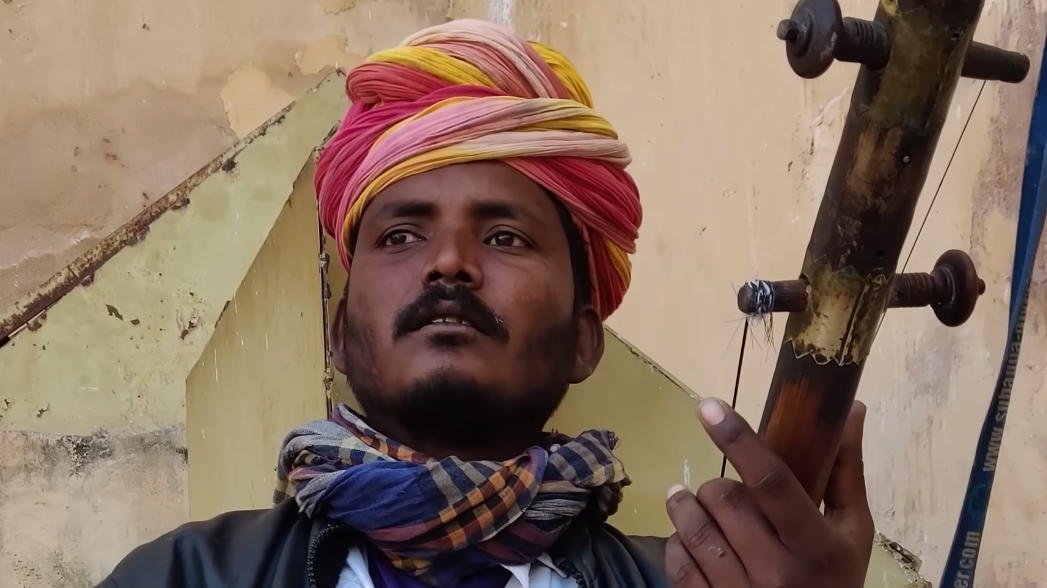
According to the statistics of the Indian tourism department in 2022, India is one of the 110 countries with the highest tourism expenditure in the world from 2019 to 2021. According to statistics in 2023, an Indian tourist spends an average of about 1200 USD per visit compared to 700 USD for Americans and 500 USD for Britons. According to the Indian embassy in 2022, not only that, India often travels abroad in the form of mice, the target group that participated in mice tourism are VIP guests with important status, high income, good payment ability compared to regular tourism. The number of tourists participating in mice tourism is usually larger, sometimes up to hundreds of people.
It is clear that it is difficult to change and adapt to tourists from this South Asian country. Therefore, those working in the service industry need to make appropriate adjustments to fit the culture of this populous country, thereby focusing on utilizing revenue from the booming Indian tourist market.
